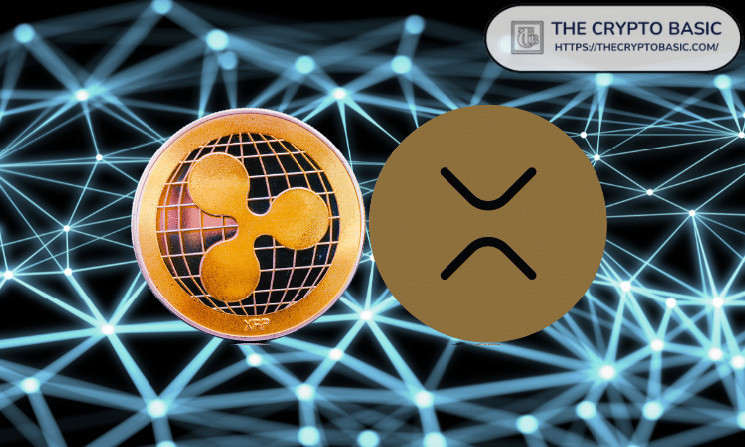Carlo De Meijer, an Economist and Researcher at MIFSA, recently emphasized XRP in Ripple’s initiative to introduce a stablecoin, describing the move as a transformative development.
De Meijer expressed this view in a recent blog published on Finextra on Friday. Pseudonymous XRP community figure WrathofKahneman called attention to the publication in a recent post on X.
"Ripple Stablecoin Launch a Game-Changer," a bullish overview of #Ripple's stablecoin strategy by economist Carlo R.W. de Meijer. In particular he details the importance of #XRP in a "dual-asset approach," envisioning bridging tradfi & defi. https://t.co/Nbr4L0MSrU pic.twitter.com/yZuA5Gfihz
— WrathofKahneman (@WKahneman) May 18, 2024
In his blog, De Meijer explored Ripple’s stablecoin endeavor and the prospective role of the XRP Ledger (XRPL) ecosystem. The economist highlighted that Ripple’s stablecoin will be pegged to the U.S. dollar on a 1-to-1 basis by a mix of highly dependable assets.
In parallel, he pointed out that U.S. dollar deposits and short-term U.S. government treasuries will entirely collateralize the stablecoin. It will also be backed by other liquid assets such as top-tier commercial paper or money market instruments.
According to De Meijer, Ripple’s approach aims to guarantee the stability and trustworthiness of stablecoins through transparent and high-quality backing.
Furthermore, the economist pointed out that Ripple is adopting a ‘compliance-first’ approach in launching its stablecoin to adhere to international regulatory norms. He believes this focus on compliance will be crucial for Ripple to maintain its core customer base of institutions and governments.
Moreover, De Meijer noted that to ensure security, Ripple plans periodic reserve audits by a distinguished third-party accounting firm and publicly available monthly attestation reports on its stablecoin reserves. He suggested these reports might reveal details about the banking partners entrusted with asset custody.
Importance of XRP in Ripple’s Stablecoin Move
Contrary to concerns that the stablecoin might overshadow XRP, the economist argued the opposite. He explained that Ripple’s decision to introduce its own stablecoin is a response to the increasing demand for such an asset on XRPL.
Consequently, De Meijer stressed that XRP remains essential: it is a key component of Ripple’s dual-asset strategy of facilitating international payments.
He believes that Ripple’s dual utilization of XRP and the stablecoin could provide combined benefits. This includes the swift processing technology of XRP and the stability and dependability of a stablecoin.
Overall, De Meijer observed that the introduction of Ripple’s stablecoin aligns with the company’s overarching strategy to boost XRPL. He suggested that the move could significantly transform the dynamics of the XRPL ecosystem.
In parallel, the economist mentioned that the Ripple stablecoin presents an ideal solution for institutions that are not yet ready to adopt crypto assets but are interested in leveraging the capabilities of XRPL.
It is worth noting that Ripple’s stablecoin will first be accessible on XRPL and the Ethereum (ETH) blockchains. Ripple aims to broaden its reach to more blockchains, DeFi protocols, and applications over time.
 thecryptobasic.com
thecryptobasic.com
